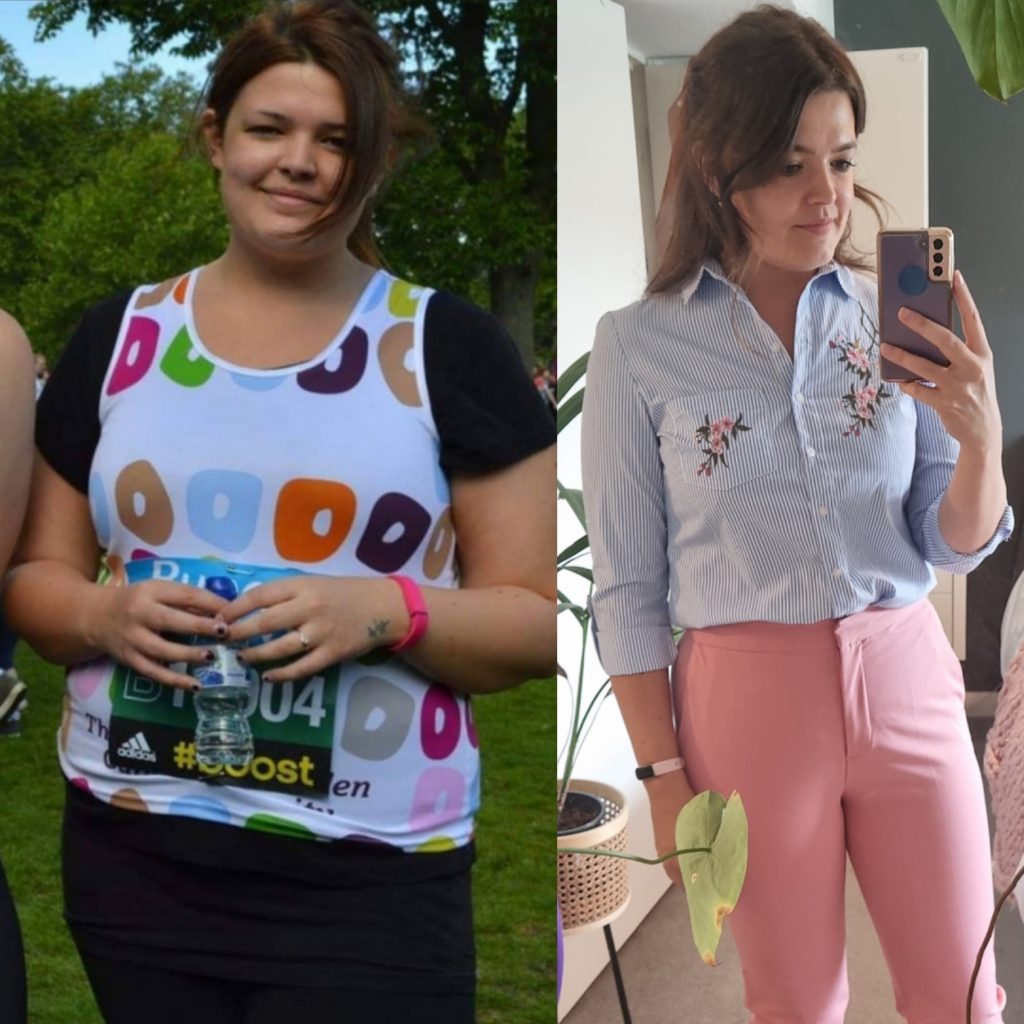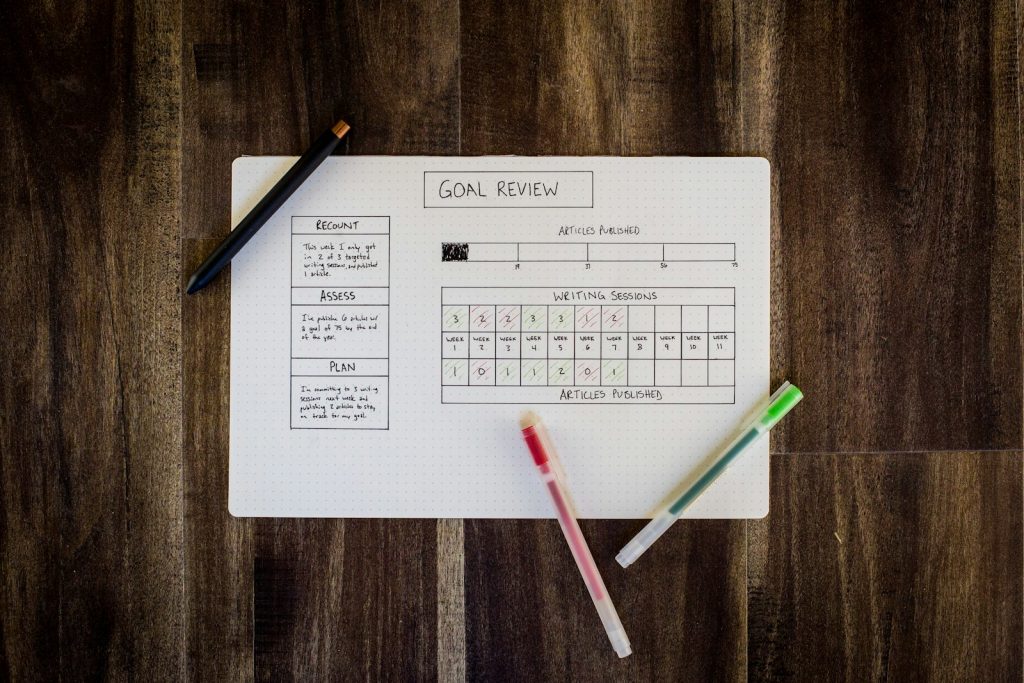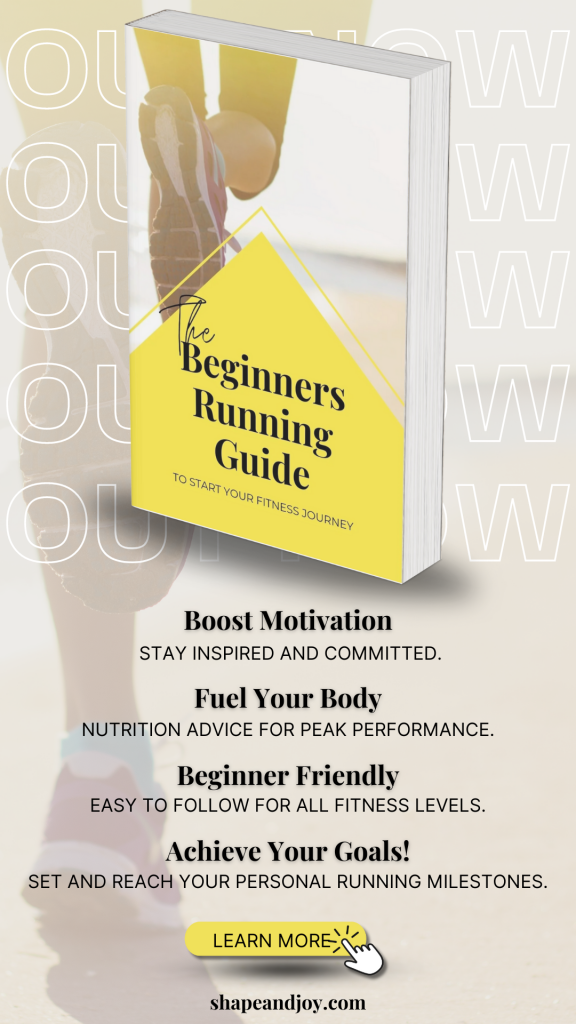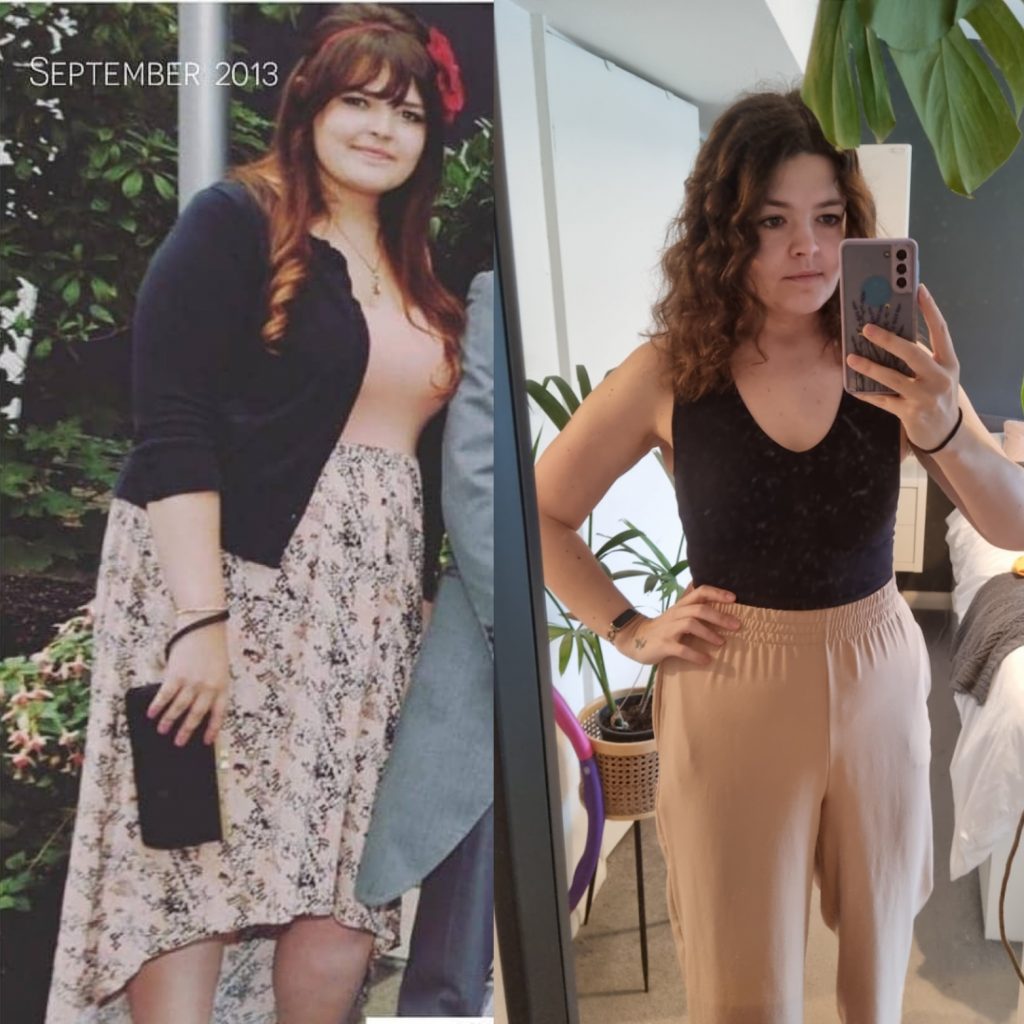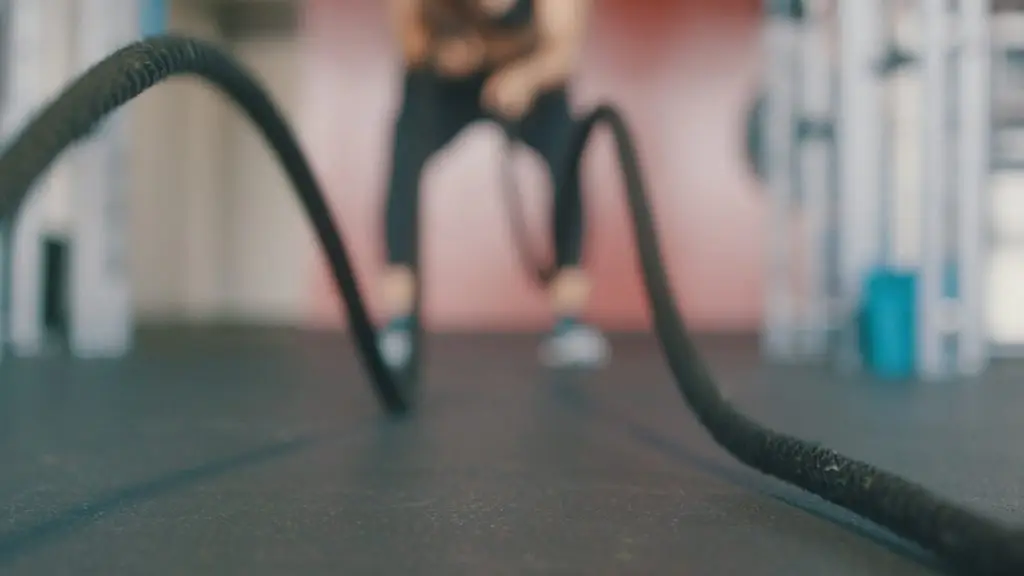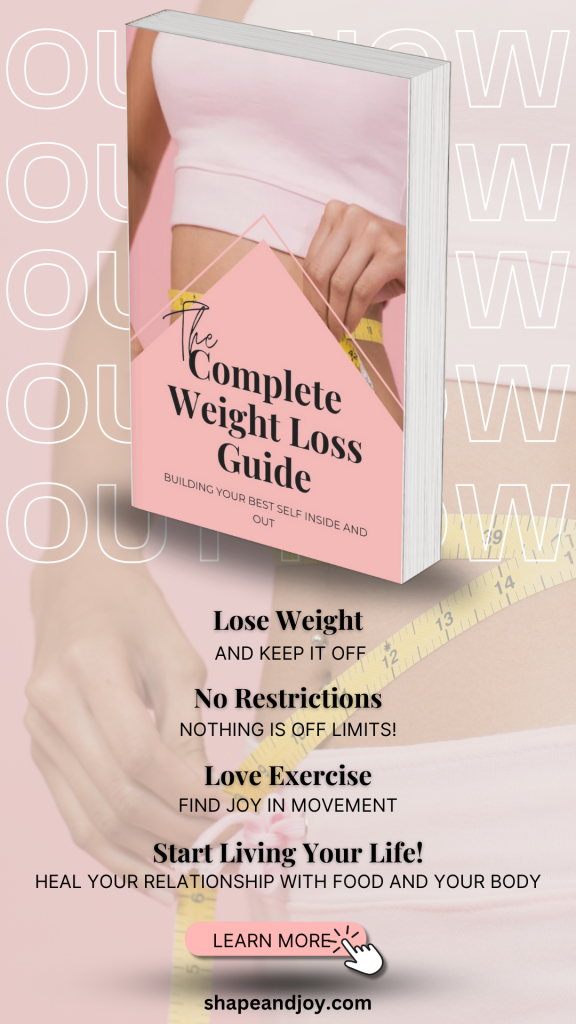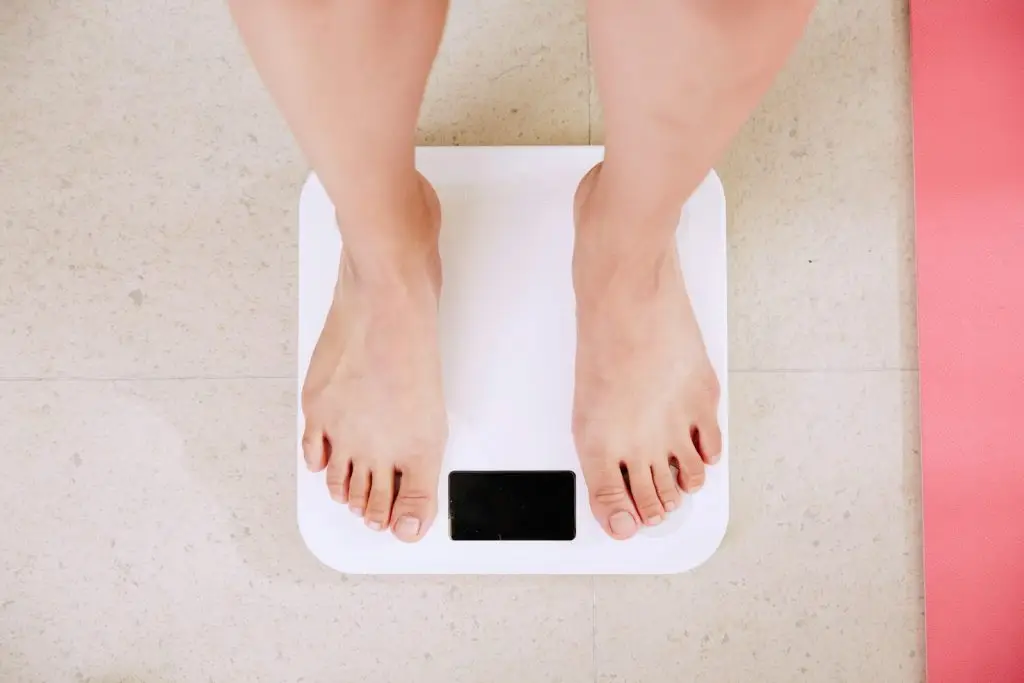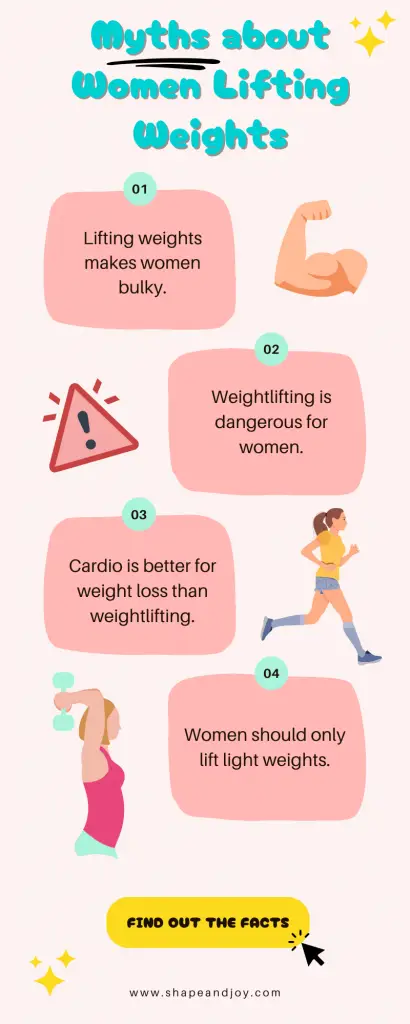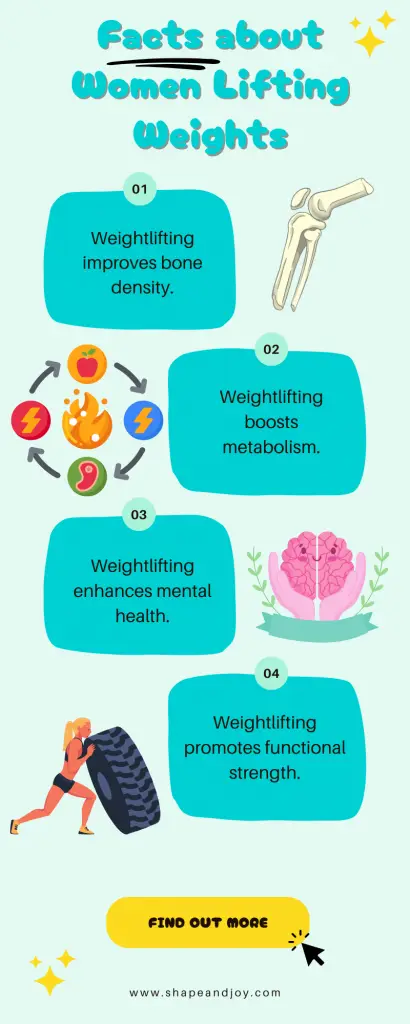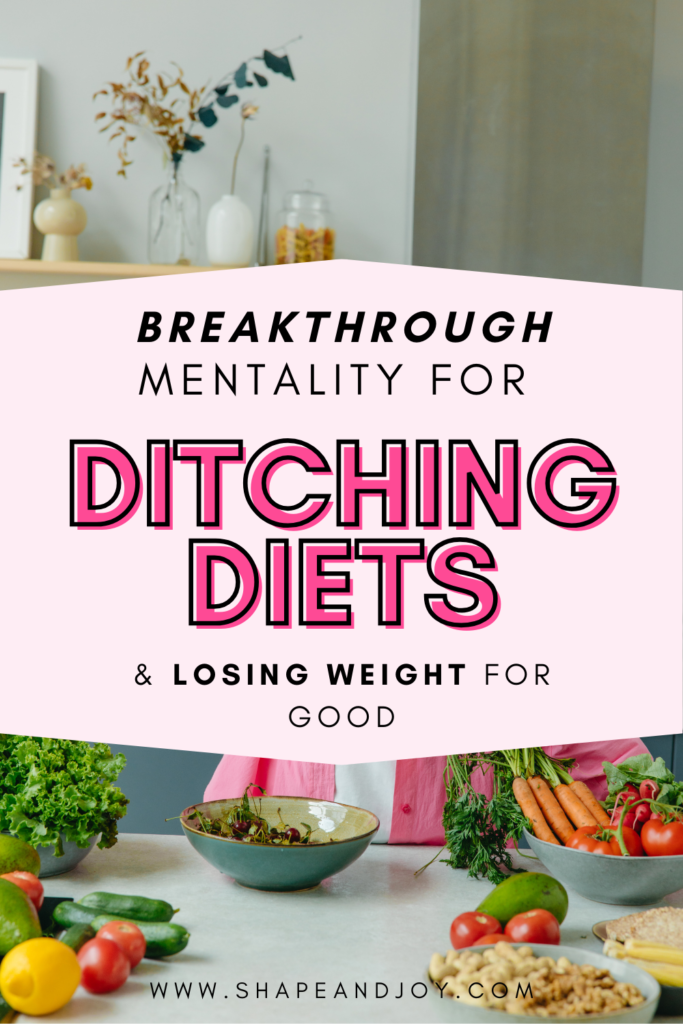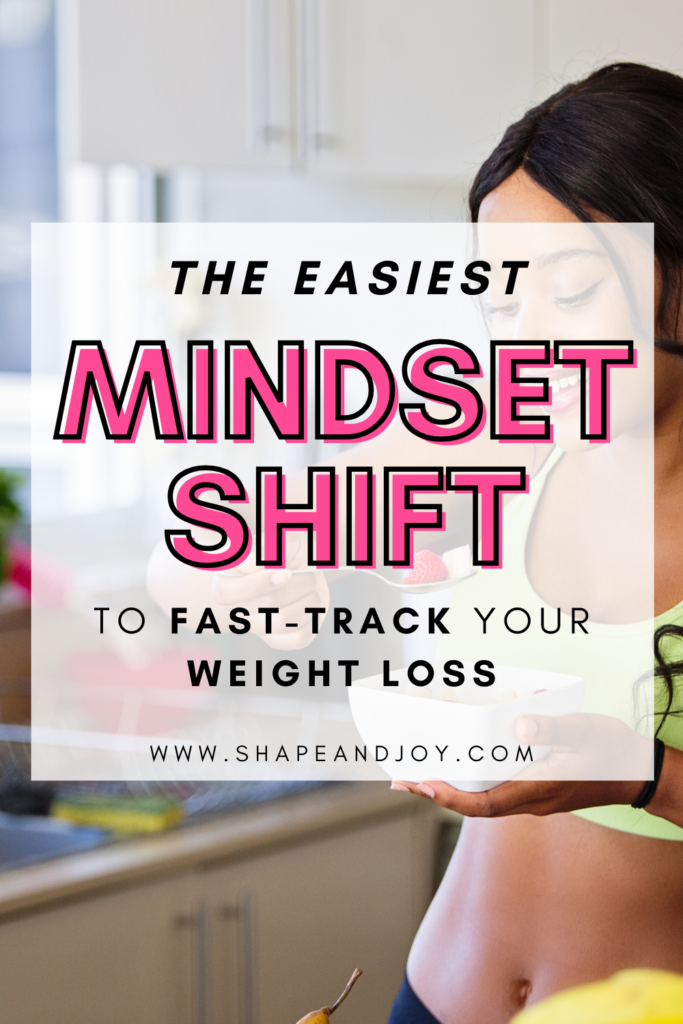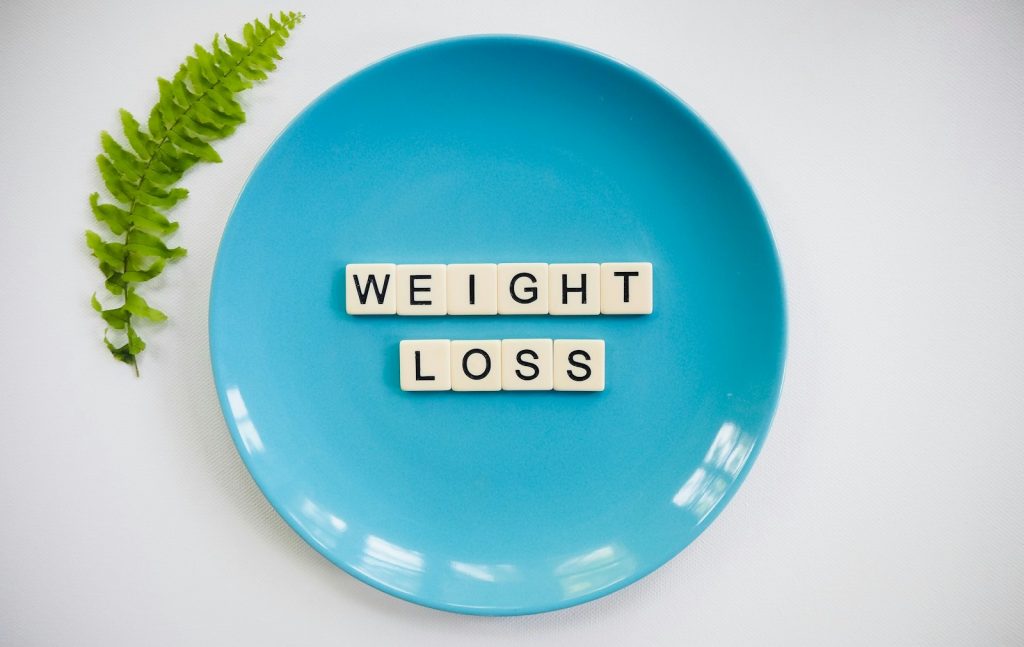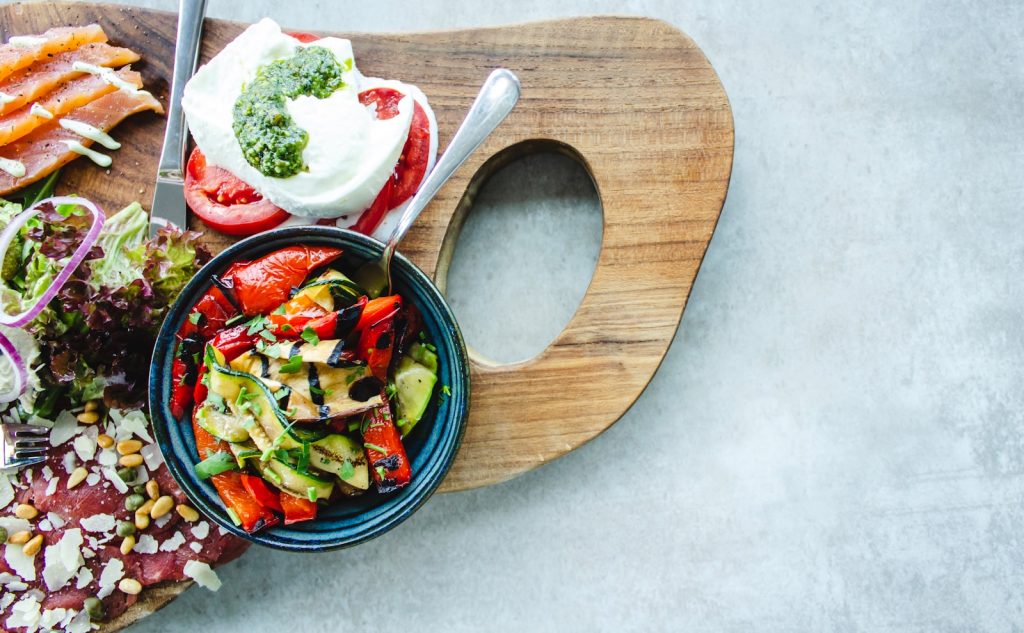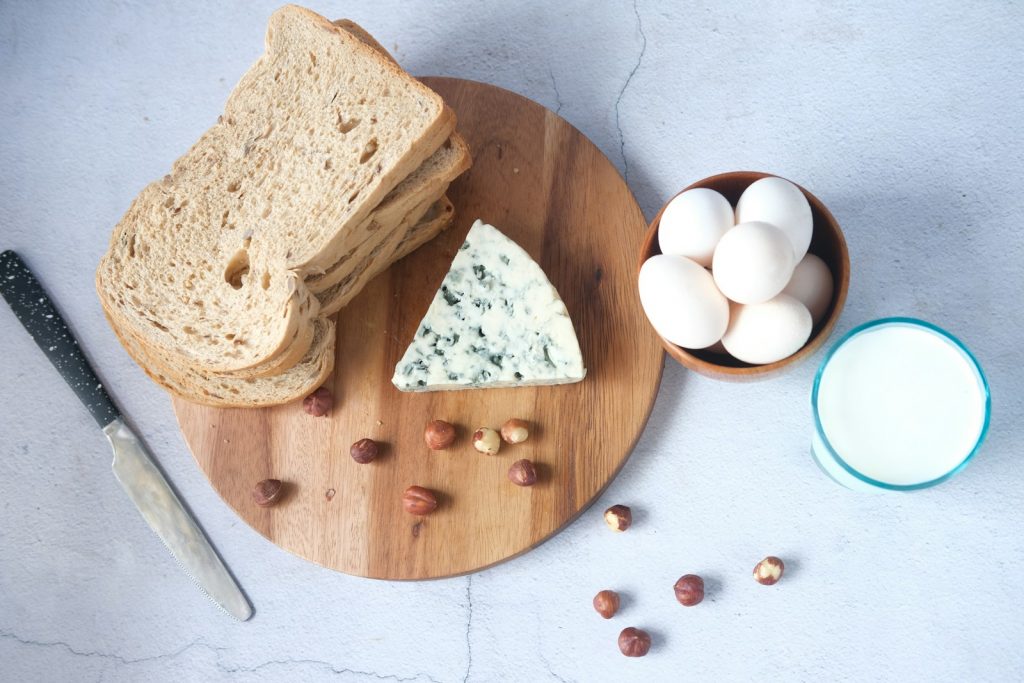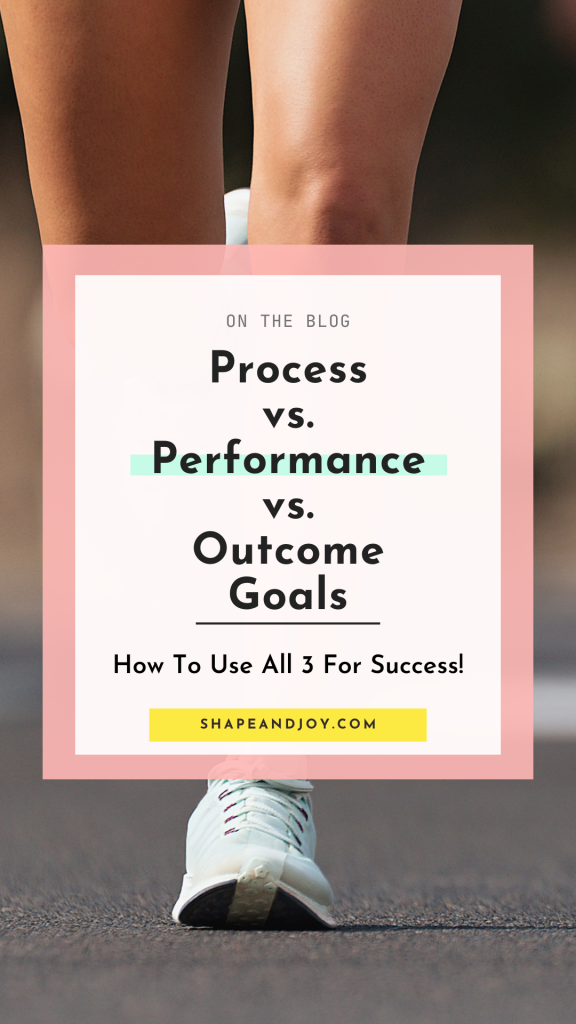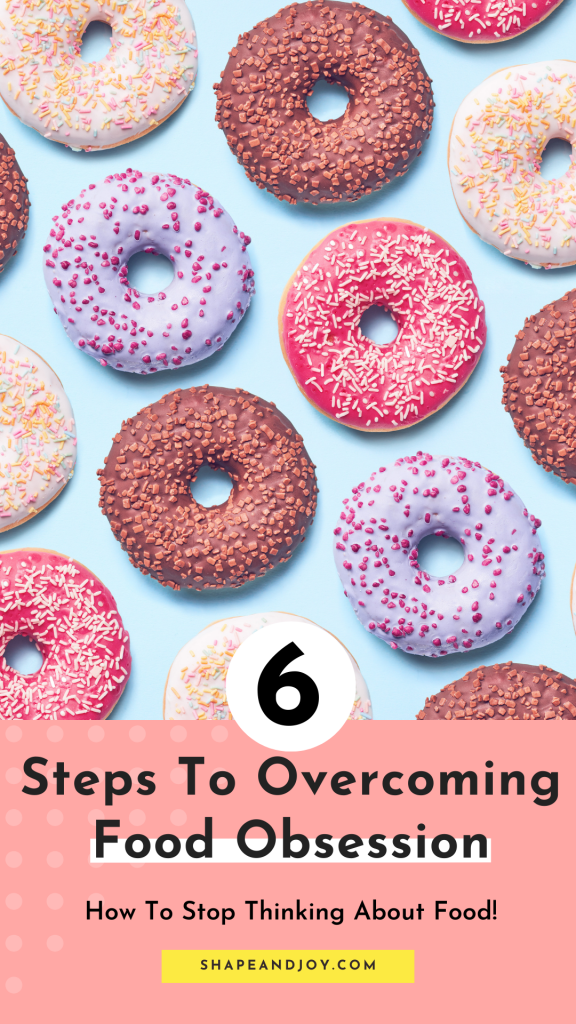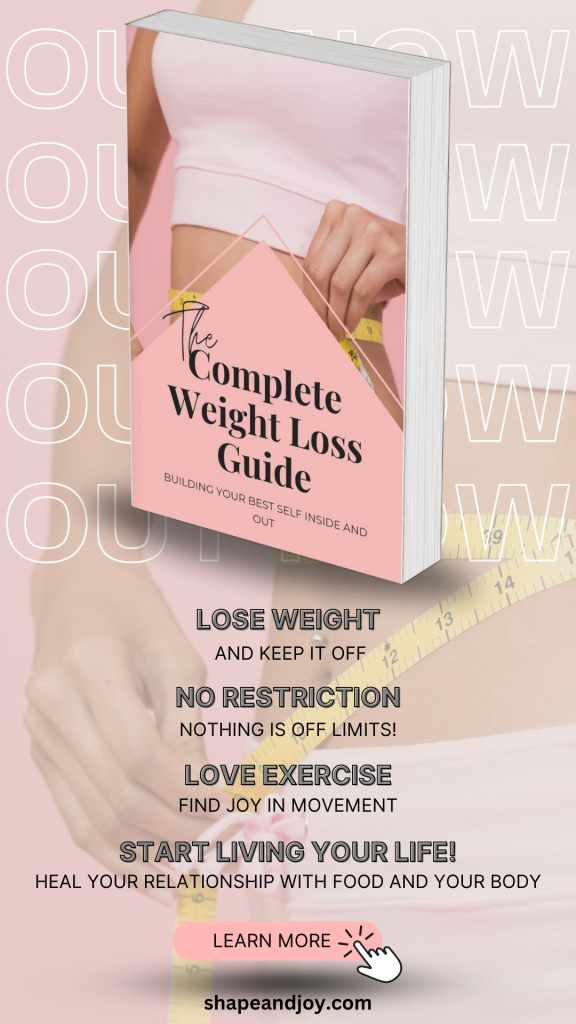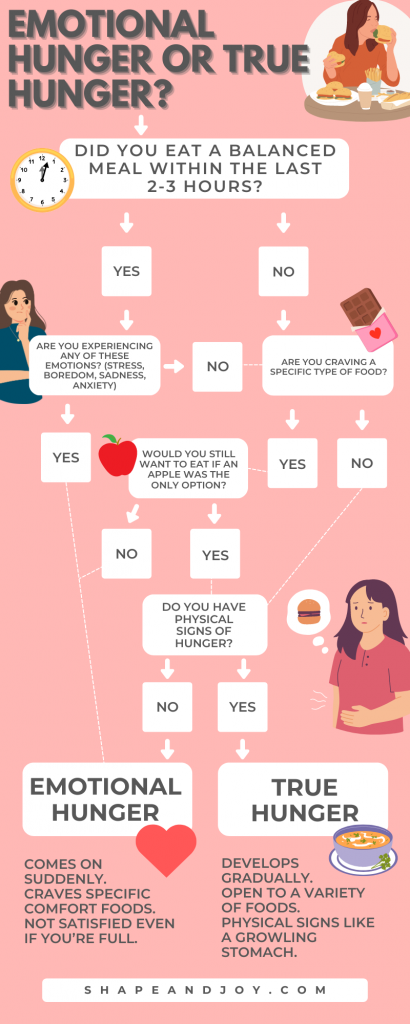7 Joyful Movement Ideas That Will Make Exercise Exciting!

Have you ever found yourself groaning at the thought of another workout? I get it. Sometimes, the idea of forcing yourself through yet another dull routine can feel like a total chore.
And let’s face it, we’ve all been there – life gets busy, routines get stale, and suddenly those fitness goals seem more like distant dreams.
But what if exercise didn’t have to feel like a drag? What if you could get results and actually enjoy it? Enter joyful movement.
When I started my weight loss journey, I quickly realised that forcing myself into workouts with fast results but I hated wasn’t going to cut it. It wasn’t sustainable.
But when I found activities I truly enjoyed – from dance workouts to hiking and aerial hoop – it changed everything. Suddenly, I was looking forward to my workouts, not dreading them.
And the best part? I still got results. In fact, it helped me lose over 80 pounds and improve my overall well-being.
So in this post, I’m sharing how to bring that joy into your workouts and still get the kind of results that leave you feeling unstoppable.
LEARN THE BEST WAY TO STAY CONSISTENT WITH EXERCISE > Enjoy Movement: How To Find Fun In Every Workout
The Concept of Joyful Movement
Let’s break it down. What exactly is joyful movement? It’s about finding ways to move your body that make you feel alive – rather than dreading every minute.
Forget slogging through a gym session you hate, or forcing yourself to follow some workout for a “perfect” body.
Joyful movement is about celebrating your body and the things it can do – all while having fun.
It’s not about hitting a calorie target or getting a certain body shape. It’s about feeling good and enjoying your fitness journey. But it can also be about working out for fat loss, just without the guilt or pressure.
So let’s make fitness work for you!
Benefits of Joyful Movement
The benefits of joyful movement go way beyond just breaking a sweat:
- Reduced Stress: Love what you do, and stress will take a backseat. When you move in a way that excites you, those feel-good endorphins will make you feel like you’ve just won the lottery (minus the money part). (Laxmeshwar & Amarnatha, 2016) (Corazon et al., 2010) (Jin, 1992)
- Improved Mood: A good mood boost? Check. When you’re loving your workout, it’s hard not to feel on top of the world. Joyful movement equals instant happiness. (Campion & Levita, 2014)
- Better Adherence: When you’re enjoying yourself, consistency is a breeze. No more skipping workouts or dreading the gym. If you love what you’re doing, you’ll be back for more – no question.
For me, the shift was life-changing. Instead of forcing myself through dreaded workouts, I started doing things I actually enjoyed. And let’s be real, when you enjoy it, you look forward to it.

7 Joyful Movement Ideas
1. Paddleboarding
If you love being around water (who doesn’t?), paddleboarding is a fantastic way to enjoy the great outdoors while getting a killer full-body workout.
Whether you’re on a lake, river, or the ocean, paddling around feels like both a workout and a mini-vacation. It’s a great workout for building core strength, improving balance, and boosting overall muscle tone.
Start in calm waters, and as you gain confidence, challenge yourself to explore more. And if you’re looking for fast results, paddleboarding gives you that cardio workout for fat loss that’ll have you feeling the burn while soaking up the sun.
This Paddleboard is honestly such a steal. It comes with everything you need—board, paddle, pump, and even a non-slip mat. It’s super sturdy and easy to handle, and I’ve had a blast using it. Plus, it’s inflatable, so when you’re done, you can deflate it, pack it up, and store it away without any hassle. If you’re looking to get into paddleboarding, this is definitely the one you want!
2. Nature Walks or Hikes
If you’ve got a love for nature, hiking and nature walks will make your workout routine feel more like a mini adventure.
I’ll tell you, nothing beats the feeling of hiking up a trail you’ve never tried before – the fresh air, the beautiful views, and the pride of getting to the top. It’s not just good for your soul; it’s great for your body too.
Whether you’re aiming for fat loss or just a general fitness boost, hiking is a solid addition to your winter workout routine.
3. Puppy or Kitten Yoga
If you love animals (Guilty), puppy or kitten yoga is a total game-changer. Imagine doing yoga with playful puppies or kittens climbing all over you while you try to hold your poses. Cuteness overload.
These sessions are so good for reducing stress and improving mood. If you want a glow-up workout while playing with adorable animals, this is it.
Just make sure you find a reputable studio where the animals are treated ethically.
4. Aerial Hoop or Aerial Yoga
Aerial hoop or aerial yoga is where you really take your workouts to the next level. It’s fun, it’s challenging, and it works your muscles in ways you didn’t know were possible.
Plus, nothing makes you feel cooler than hanging in the air like some kind of aerial goddess.
Whether you’re looking to target your core, improve your coordination, or just try something new, aerial yoga and hoop workouts are a full-body workout for women that’ll get you results – and a serious confidence boost.
If you’re a beginner, start with the basics, and don’t worry if you can’t quite manage the hoop just yet. You’ll get there.
📌 Pin this for later! ⬇

5. Trampoline Workouts
I’m talking about trampoline workouts – not just bouncing for fun (though that’s great too). Rebounding, or trampoline fitness, is a quick and easy workout at home that burns fat while feeling like you’re back in childhood.
It’s low-impact, so it’s easy on your joints, but it still gets your heart pumping.
Check out your local trampoline park for classes or bounce at home with a mini trampoline. Bonus: It’ll make you feel like a kid again.
6. Rock Climbing or Bouldering
If you want to feel like a badass, rock climbing and bouldering are where it’s at. It’ll test your strength and agility, and trust me, you’ll feel like an absolute legend when you reach the top.
It’s the perfect workout for full body fat loss and building muscle.
Climbing strengthens your arms, core, and legs, and the mental focus it requires will keep your mind sharp.
Plus, the confidence you gain from conquering a tough climb is worth its weight in gold.
7. Geocaching or Scavenger Hunts
Let’s talk about adventure. Geocaching and scavenger hunts combine exercise and treasure hunting. It’s perfect for getting outside, exploring new areas, and getting your heart rate up without even realising it.
And if you’re someone who loves a challenge, this is a great way to burn calories without ever stepping foot in the gym.
Grab a friend, use your GPS, and explore the great outdoors while working your way through a fun scavenger hunt.
You’ll be surprised how much fun it is and how much fat loss exercise you’ll get in the process.
POSTS YOU MAY BE INTERESTED IN:
- Active Mindset, Active Life: The Key To Fitness Motivation
- How To Stay Positive And Motivated On Your Fitness Journey
- Achieve Breakthrough Results With The “Be, Do, Have” Mindset
Tips for Incorporating Joyful Movement into Your Routine
Start Small
No need to dive straight into hour-long workouts. Start with a short session – 15 to 30 minutes – and work your way up.
Quick and easy workouts at home are a great way to start, especially when you’re short on time.
Be Consistent
Consistency is key. Set a regular schedule, whether it’s a daily stretch or a weekly hike. Once it becomes a habit, it’ll feel weird not to move.
Whatever it is, make it a non-negotiable part of your routine. Regularity helps turn these activities into habits, and soon enough, you’ll find yourself looking forward to them.
Listen to Your Body
Your body will tell you what it needs. If something feels too much, scale back. If something feels right, go for it. Remember, it’s not about pushing yourself to the limit every time. It’s about finding what works and sticking to it.
Make it Social
The more, the merrier! Invite a friend or family member to join in on your workouts. It’s way more fun when you’ve got a workout buddy to hold you accountable and share the joy of movement with.
Joyful Movement Ideas: Conclusion
Joyful movement turned my fitness routine around. It helped me lose over 80 pounds and completely changed the way I think about exercise.
Now, I’m all about finding ways to move that make me feel good, whether it’s paddleboarding, yoga with kittens, or hitting the trails.
So, pick one activity from the list and commit to it for a week. I promise you’ll be hooked.
Come back in a week, and let’s talk about how it went. Did it make you feel more relaxed? Did you feel more energised?
Share your experience, and let’s keep this journey going together. Are you ready to commit to your own glow-up? Let’s do it!
📌 Pin this for later! ⬇





